Muhammad Ali Jamshed
Meta-Thinking in LLMs via Multi-Agent Reinforcement Learning: A Survey
Apr 20, 2025Abstract:This survey explores the development of meta-thinking capabilities in Large Language Models (LLMs) from a Multi-Agent Reinforcement Learning (MARL) perspective. Meta-thinking self-reflection, assessment, and control of thinking processes is an important next step in enhancing LLM reliability, flexibility, and performance, particularly for complex or high-stakes tasks. The survey begins by analyzing current LLM limitations, such as hallucinations and the lack of internal self-assessment mechanisms. It then talks about newer methods, including RL from human feedback (RLHF), self-distillation, and chain-of-thought prompting, and each of their limitations. The crux of the survey is to talk about how multi-agent architectures, namely supervisor-agent hierarchies, agent debates, and theory of mind frameworks, can emulate human-like introspective behavior and enhance LLM robustness. By exploring reward mechanisms, self-play, and continuous learning methods in MARL, this survey gives a comprehensive roadmap to building introspective, adaptive, and trustworthy LLMs. Evaluation metrics, datasets, and future research avenues, including neuroscience-inspired architectures and hybrid symbolic reasoning, are also discussed.
Artificial Intelligence, Ambient Backscatter Communication and Non-Terrestrial Networks: A 6G Commixture
Jan 16, 2025Abstract:The advent of Non-Terrestrial Networks (NTN) represents a compelling response to the International Mobile Telecommunications 2030 (IMT-2030) framework, enabling the delivery of advanced, seamless connectivity that supports reliable, sustainable, and resilient communication systems. Nevertheless, the integration of NTN with Terrestrial Networks (TN) necessitates considerable alterations to the existing cellular infrastructure in order to address the challenges intrinsic to NTN implementation. Additionally, Ambient Backscatter Communication (AmBC), which utilizes ambient Radio Frequency (RF) signals to transmit data to the intended recipient by altering and reflecting these signals, exhibits considerable potential for the effective integration of NTN and TN. Furthermore, AmBC is constrained by its limitations regarding power, interference, and other related factors. In contrast, the application of Artificial Intelligence (AI) within wireless networks demonstrates significant potential for predictive analytics through the use of extensive datasets. AI techniques enable the real-time optimization of network parameters, mitigating interference and power limitations in AmBC. These predictive models also enhance the adaptive integration of NTN and TN, driving significant improvements in network reliability and Energy Efficiency (EE). In this paper, we present a comprehensive examination of how the commixture of AI, AmBC, and NTN can facilitate the integration of NTN and TN. We also provide a thorough analysis indicating a marked enhancement in EE predicated on this triadic relationship.
A Tutorial on Non-Terrestrial Networks: Towards Global and Ubiquitous 6G Connectivity
Dec 21, 2024Abstract:The International Mobile Telecommunications (IMT)-2030 framework recently adopted by the International Telecommunication Union Radiocommunication Sector (ITU-R) envisions 6G networks to deliver intelligent, seamless connectivity that supports reliable, sustainable, and resilient communications. Recent developments in the 3rd Generation Partnership Project (3GPP) Releases 17-19, particularly within the Radio Access Network (RAN)4 working group addressing satellite and cellular spectrum sharing and RAN2 enhancing New Radio (NR)/IoT for NTN, highlight the critical role NTN is set to play in the evolution of 6G standards. The integration of advanced signal processing, edge and cloud computing, and Deep Reinforcement Learning (DRL) for Low Earth Orbit (LEO) satellites and aerial platforms, such as Uncrewed Aerial Vehicles (UAV) and high-, medium-, and low-altitude platform stations, has revolutionized the convergence of space, aerial, and Terrestrial Networks (TN). Artificial Intelligence (AI)-powered deployments for NTN and NTN-IoT, combined with Next Generation Multiple Access (NGMA) technologies, have dramatically reshaped global connectivity. This tutorial paper provides a comprehensive exploration of emerging NTN-based 6G wireless networks, covering vision, alignment with 5G-Advanced and 6G standards, key principles, trends, challenges, real-world applications, and novel problem solving frameworks. It examines essential enabling technologies like AI for NTN (LEO satellites and aerial platforms), DRL, edge computing for NTN, AI for NTN trajectory optimization, Reconfigurable Intelligent Surfaces (RIS)-enhanced NTN, and robust Multiple-Input-Multiple-Output (MIMO) beamforming. Furthermore, it addresses interference management through NGMA, including Rate-Splitting Multiple Access (RSMA) for NTN, and the use of aerial platforms for access, relay, and fronthaul/backhaul connectivity.
Non-Terrestrial Networks for 6G: Integrated, Intelligent and Ubiquitous Connectivity
Jul 02, 2024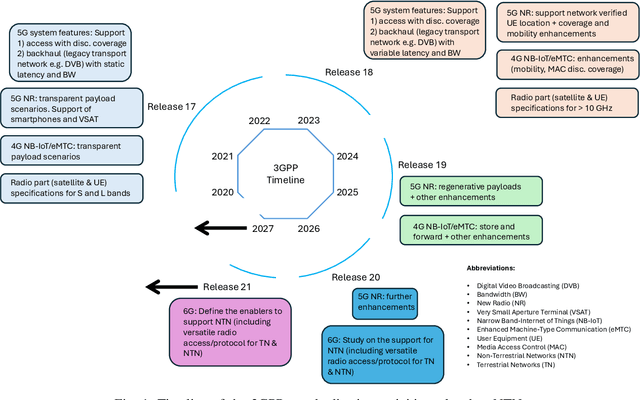
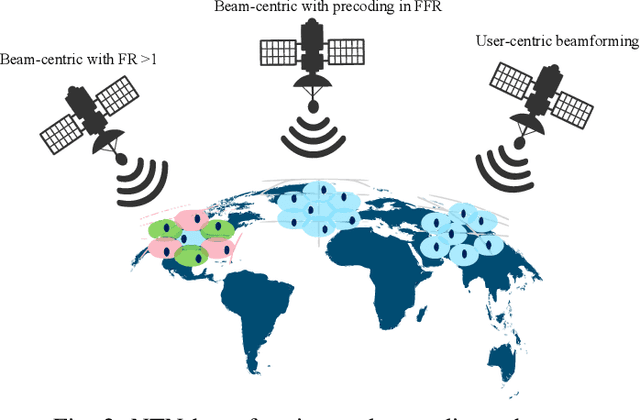
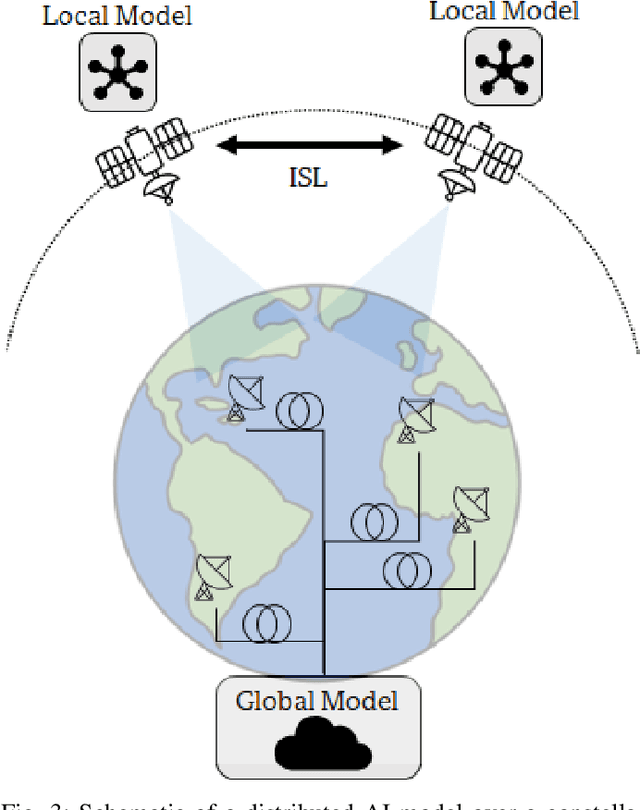
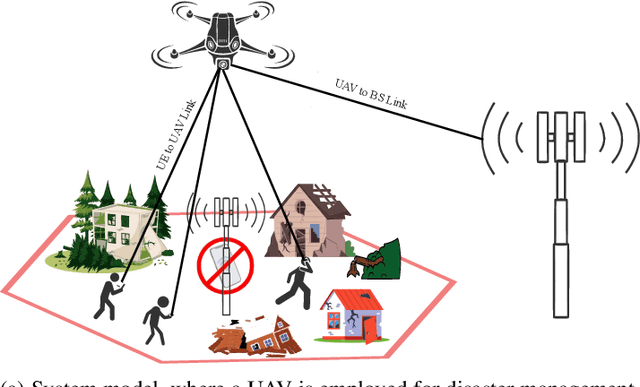
Abstract:Universal connectivity has been part of past and current generations of wireless systems, but as we approach 6G, the subject of social responsibility is being built as a core component. Given the advent of Non-Terrestrial Networks (NTN), reaching these goals will be much closer to realization than ever before. Owing to the benefits of NTN, the integration NTN and Terrestrial Networks (TN) is still infancy, where the past, the current and the future releases in the 3$^{\text{rd}}$ Generation Partnership Project (3GPP) provide guidelines to adopt a successfully co-existence/integration of TN and NTN. Therefore, in this article, we have illustrated through 3GPP guidelines, on how NTN and TN can effectively be integrated. Moreover, the role of beamforming and Artificial Intelligence (AI) algorithms is highlighted to achieve this integration. Finally the usefulness of integrating NTN and TN is validated through experimental analysis.
Opportunities for Intelligent Reflecting Surfaces in 6G-Empowered V2X Communications
Oct 02, 2022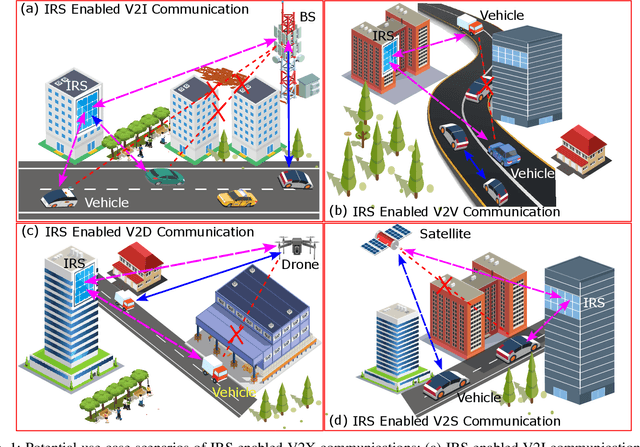
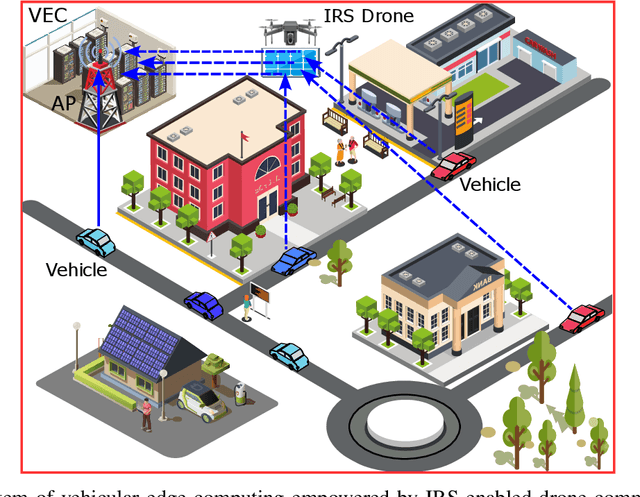

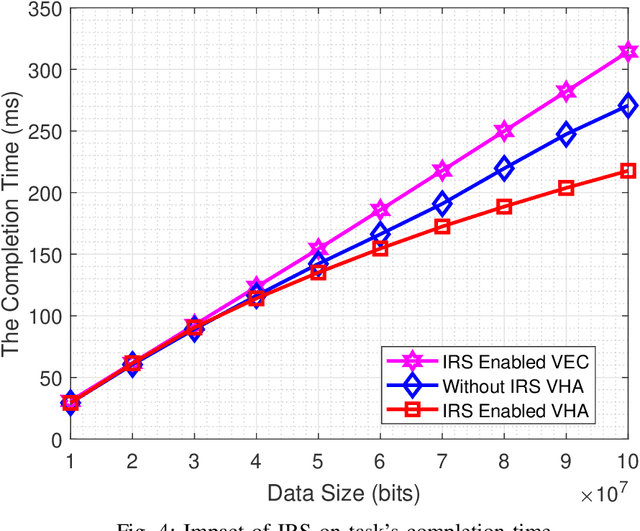
Abstract:This paper first describes the introduction of 6G-empowered V2X communications and IRS technology. Then it discusses different use case scenarios of IRS enabled V2X communications and reports recent advances in the existing literature. Next, we focus our attention on the scenario of vehicular edge computing involving IRS enabled drone communications in order to reduce vehicle computational time via optimal computational and communication resource allocation. At the end, this paper highlights current challenges and discusses future perspectives of IRS enabled V2X communications in order to improve current work and spark new ideas.
Energy Efficiency Optimization for Backscatter Enhanced NOMA Cooperative V2X Communications under Imperfect CSI
Feb 16, 2022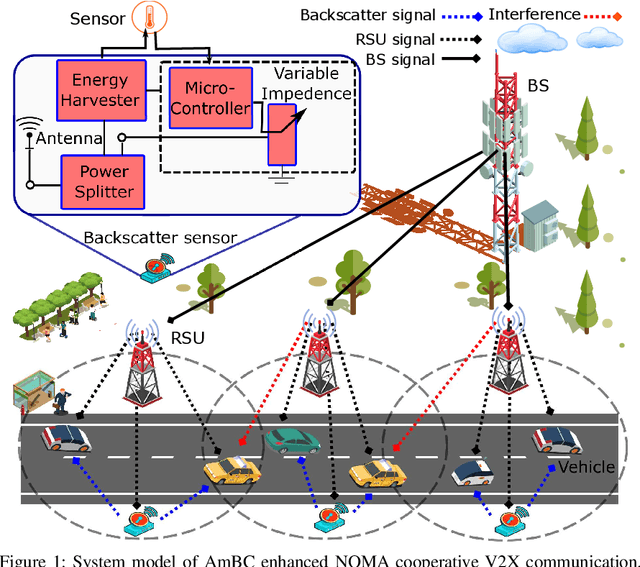
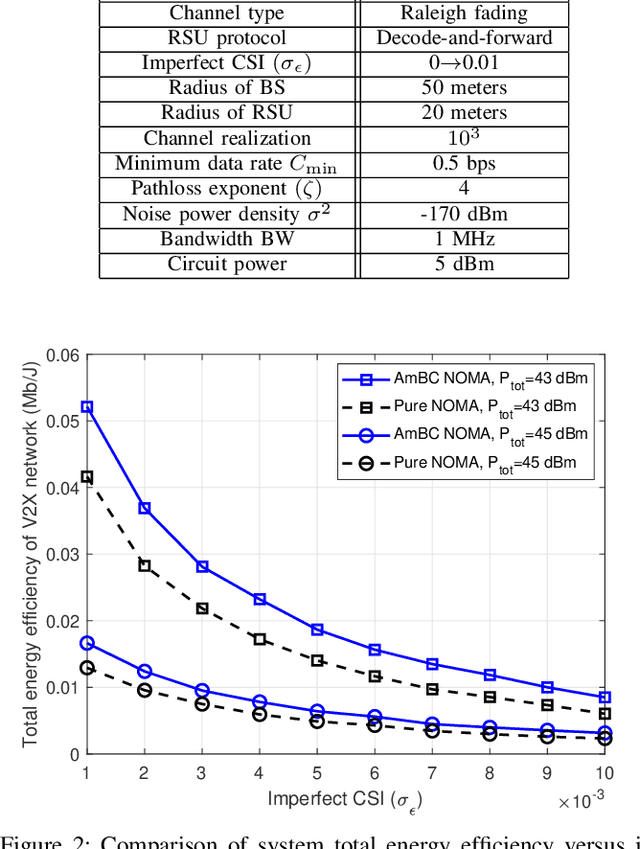
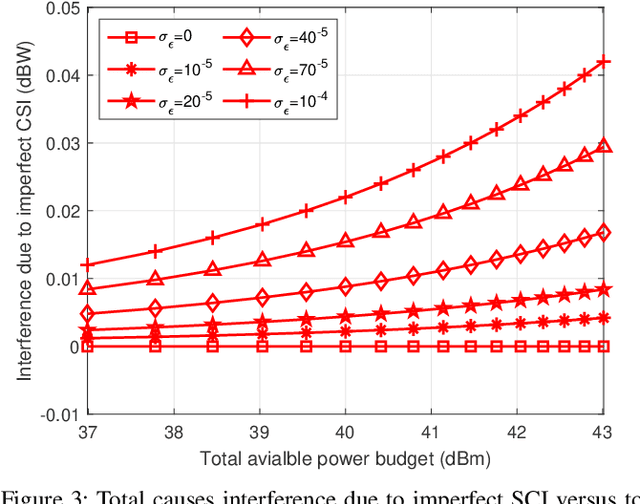
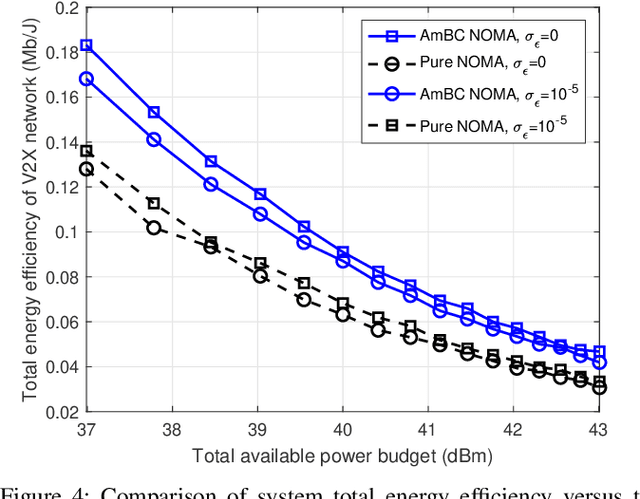
Abstract:Automotive-Industry 5.0 will use beyond fifth-generation (B5G) technologies to provide robust, computationally intelligent, and energy-efficient data sharing among various onboard sensors, vehicles, and other devices. Recently, ambient backscatter communications (AmBC) have gained significant interest in the research community for providing battery-free communications. AmBC can modulate useful data and reflect it towards near devices using the energy and frequency of existing RF signals. However, obtaining channel state information (CSI) for AmBC systems would be very challenging due to no pilot sequences and limited power. As one of the latest members of multiple access technology, non-orthogonal multiple access (NOMA) has emerged as a promising solution for connecting large-scale devices over the same spectral resources in B5G wireless networks. Under imperfect CSI, this paper provides a new optimization framework for energy-efficient transmission in AmBC enhanced NOMA cooperative vehicle-to-everything (V2X) networks. We simultaneously minimize the total transmit power of the V2X network by optimizing the power allocation at BS and reflection coefficient at backscatter sensors while guaranteeing the individual quality of services. The problem of total power minimization is formulated as non-convex optimization and coupled on multiple variables, making it complex and challenging. Therefore, we first decouple the original problem into two sub-problems and convert the nonlinear rate constraints into linear constraints. Then, we adopt the iterative sub-gradient method to obtain an efficient solution. For comparison, we also present a conventional NOMA cooperative V2X network without AmBC. Simulation results show the benefits of our proposed AmBC enhanced NOMA cooperative V2X network in terms of total achievable energy efficiency.
Backscatter-Aided NOMA V2X Communication under Channel Estimation Errors
Feb 03, 2022



Abstract:Backscatter communications (BC) has emerged as a promising technology for providing low-powered transmissions in nextG (i.e., beyond 5G) wireless networks. The fundamental idea of BC is the possibility of communications among wireless devices by using the existing ambient radio frequency signals. Non-orthogonal multiple access (NOMA) has recently attracted significant attention due to its high spectral efficiency and massive connectivity. This paper proposes a new optimization framework to minimize total transmit power of BC-NOMA cooperative vehicle-to-everything networks (V2XneT) while ensuring the quality of services. More specifically, the base station (BS) transmits a superimposed signal to its associated roadside units (RSUs) in the first time slot. Then the RSUs transmit the superimposed signal to their serving vehicles in the second time slot exploiting decode and forward protocol. A backscatter device (BD) in the coverage area of RSU also receives the superimposed signal and reflect it towards vehicles by modulating own information. Thus, the objective is to simultaneously optimize the transmit power of BS and RSUs along with reflection coefficient of BDs under perfect and imperfect channel state information. The problem of energy efficiency is formulated as non-convex and coupled on multiple optimization variables which makes it very complex and hard to solve. Therefore, we first transform and decouple the original problem into two sub-problems and then employ iterative sub-gradient method to obtain an efficient solution. Simulation results demonstrate that the proposed BC-NOMA V2XneT provides high energy efficiency than the conventional NOMA V2XneT without BC.
 Add to Chrome
Add to Chrome Add to Firefox
Add to Firefox Add to Edge
Add to Edge